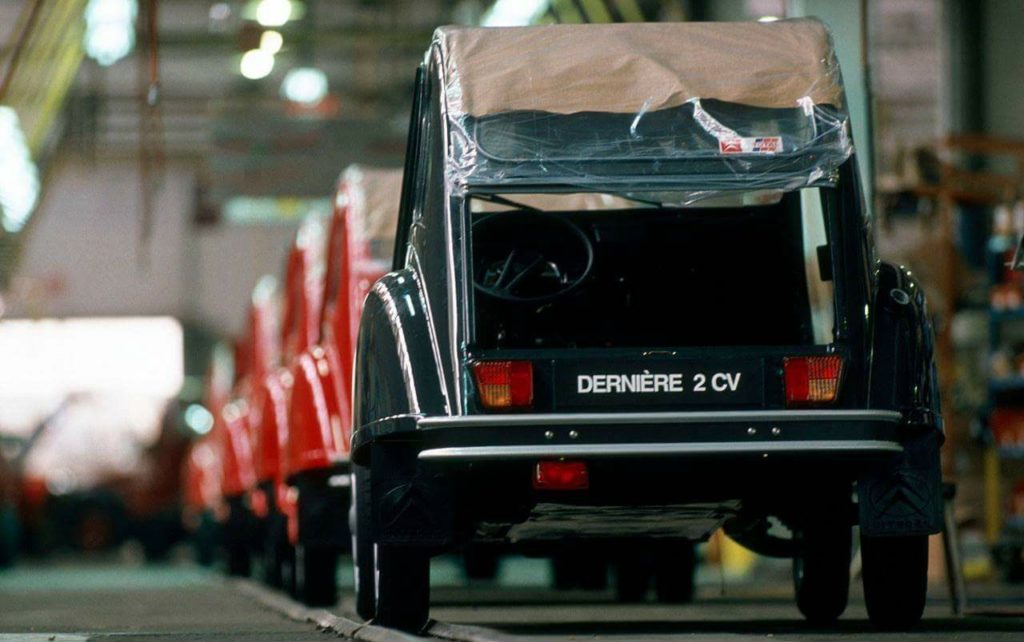by Ken Nelson…..
One has to understand the whole point of the 2CV in its history, to understand both its design and construction, and to appreciate its brilliance. This car put France on wheels after WWII.
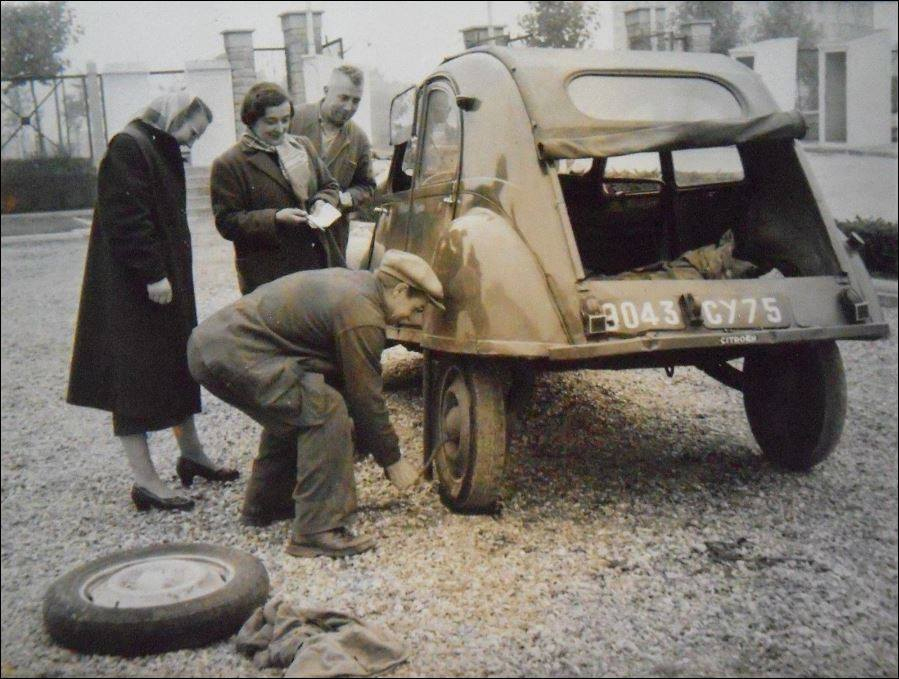
The french auto industry was trashed by the Germans, and France still didn’t have a real source of liquid gold – OIL. (Though they smartly invested early in reliable, trouble-free nuclear plants that make 80% of France’s energy today – I keep trying to understand why we in the US can’t do that.)
So after the war, they needed transportation, as cheap as possible, and as fuel-efficient as possible. That’s the whole point of this milestone car. The roads in France were also terrible – probably due to bomb craters everywhere.
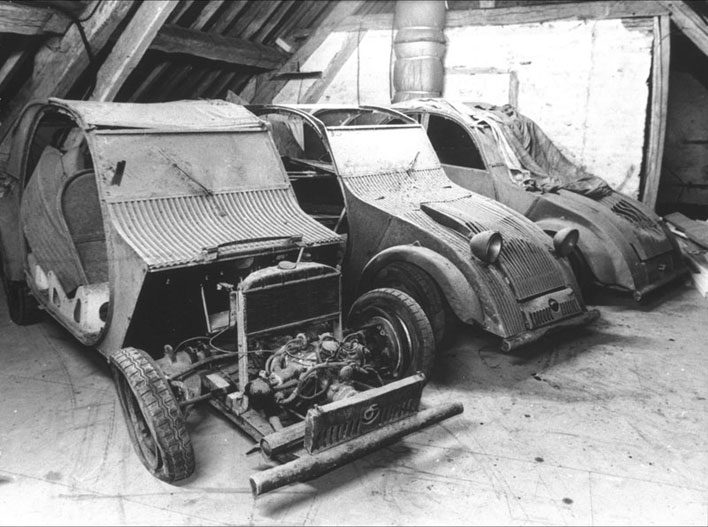
The 2CV was actually initiated around 1938 – the end of the 1929 depression and the beginning of hostilities in Europe. When the car started production around 1946 or thereabouts, it was designed specifically to put farmers on motorized wheels, and designed to cross a ploughed field, with a basket-full of fresh eggs in the back, without breaking an egg. Try that in any other car in the world and you end up with a scrambled MESS. But the 2CV could do that.
Back then it also got about 50 or more MPG, having only around 12 HP. But it was improved later to 29-32. And after 40 continuous years of production is a record I don’t think any other car can match except maybe VW, and the Beetle changed a great deal vs the 2CV.
Another bit of info: The car wasn’t built to be a bad car, it was built as super cheap transportation to rebuild France And it did that job better than any other mode of transportation at the time. When it is compared with cars that were built 10 yrs after the introduction of the 2CV, it appears to be one of the worst cars ever built, yet it has a much more sophisticated and expensive suspension than many other cars built today. I’m sure very few people have ever looked closely at the build of the 2CV, but I have been through every nut/bolt/part of them.

For example – does anyone else’s product other than Citroëns have every suspension arm mounted NOT in cheap rubber bushings, but tapered roller bearings? And why of all things did they do that?? Roller bearings are far more expensive than rubber bushings. But those bearings are what make the truly wacky but ingenious suspension of this car able to go darn near anywhere without 4WD. The suspension travel is so great and capable that I’ve driven over 8-inch thick freestanding railroad ties with 3 people in a 2CV and barely felt those huge ties! Rubber bushings could never do that – they’d be torn to pieces trying to rotate that much in a couple of miles of travel.
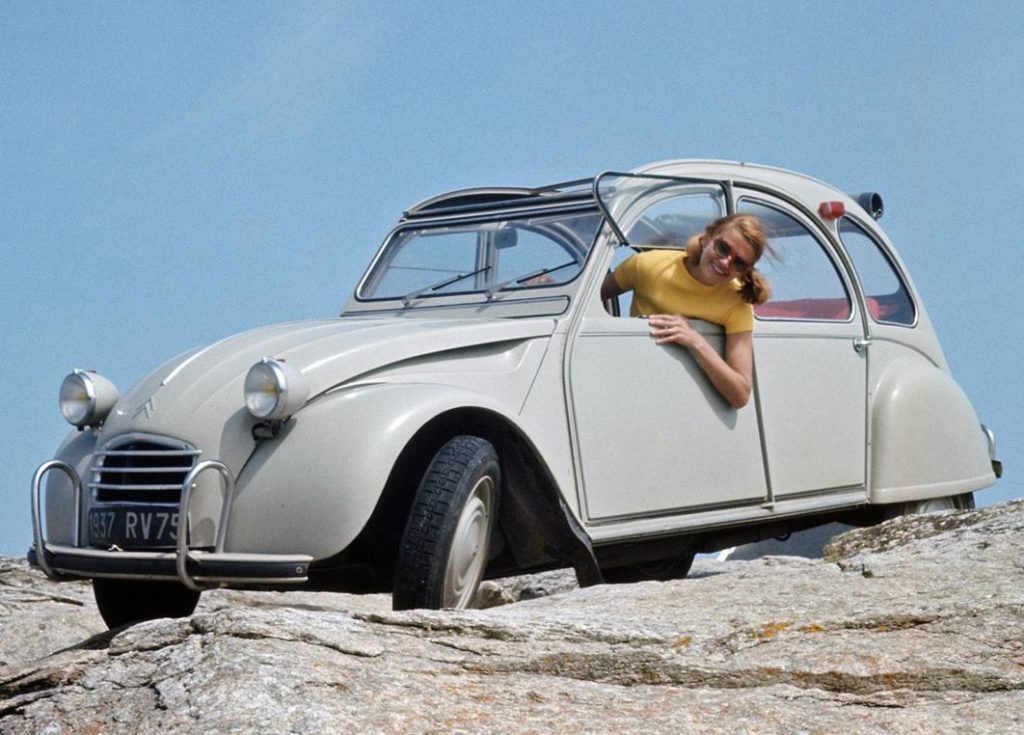
[Same thing with roller bearings for the Citroën DS — hydropneumatically suspended with the most comfortable suspension ever designed – huge suspension travel and nitrogen gas springs instead of steel that works wonders for comfort!]
You don’t need 4WD with a 2CV (although the did a 4WD 2ngine version — the Sahara for extreme travel situations.) – they’ll go nearly anywhere, and if you get stuck, two people can lift the back end out of a rut and swing the car around – it’s that light.
The body is only one thin steel panel everywhere, but that’s due to the fact that steel after the war was in short supply, and that kept the weight down and gas mileage UP, when gas was very expensive and still is in Europe – (TWICE our cost/gal).

Not only all this, but I’m guessing that more 2CVs have been driven around the world, in every country, than any other vehicle – because they were designed for extreme reliability and simplicity.

One reason they’re so reliable an engine is due to something I learned only recently while reading one of their factory repair manuals: The 2CV engine is the only engine I know of, and I’ve seen a ton of them on the inside, where the exhaust valve guides have a groove machined into the outside of them which allows an oil passage drilled into the cylinder heads to feed crankcase oil around the valve guide to suck heat out of the that hottest valve in the engine. With that extra small bit of cooling that no other engine seems to have, the engine can be run flat out all day long without burning a valve in spite of how hot it may be in the local climate.
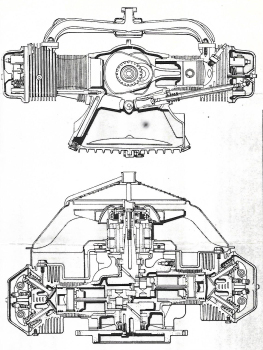
They’re not perfect by any means, especially when compared to modern cars, but they work incredibly well for their designed purposes. They are quite comfortable inside, and even better – they’re not just a car, they’re an EVENT to most outsiders. They attract attention wherever they go – they are an icon in the auto world – especially outside the US, as they’ve been everywhere and still are out there after 70 years.
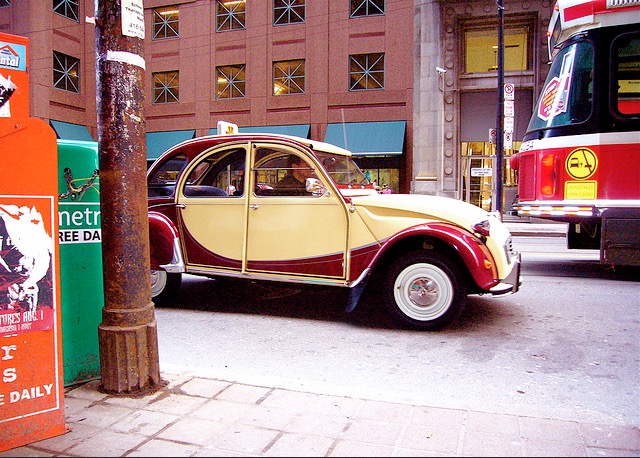
So, the next you hear of someone trashing a 2CV, remember these virtues and their original purpose — helping to rebuild France.
